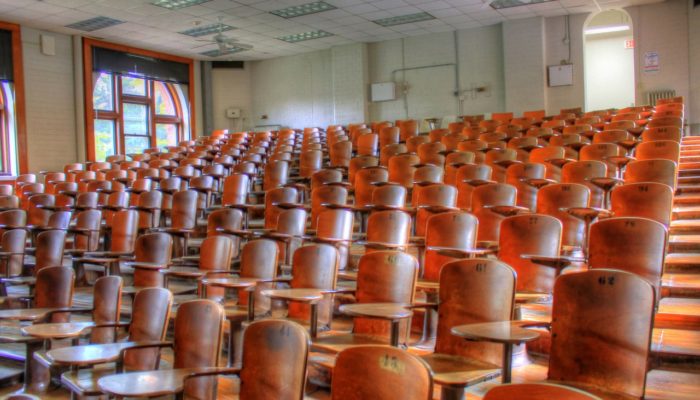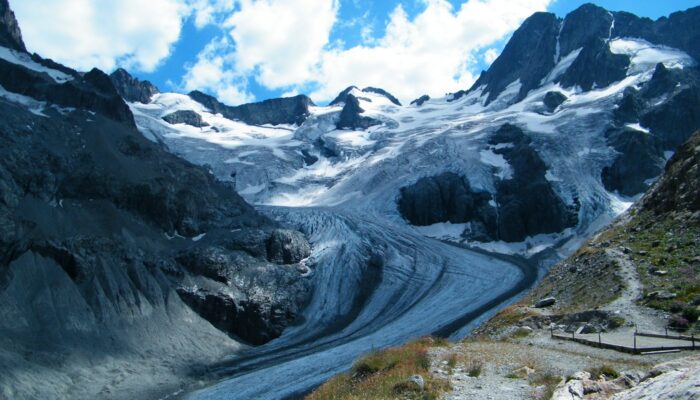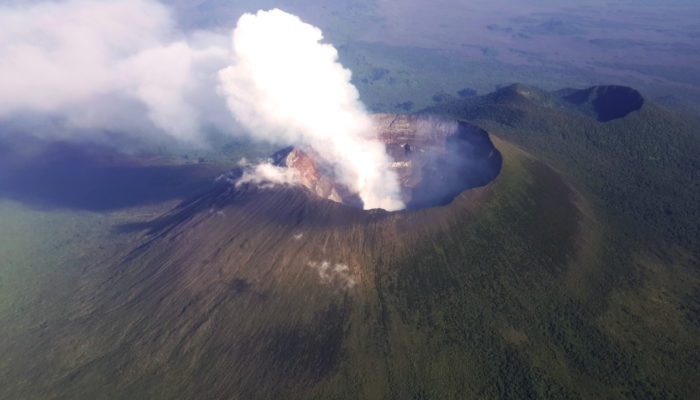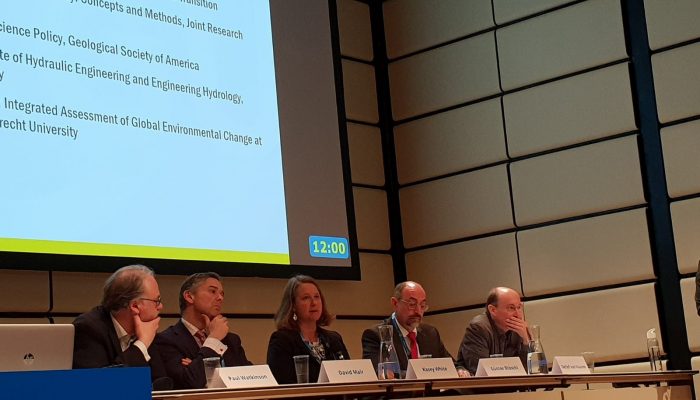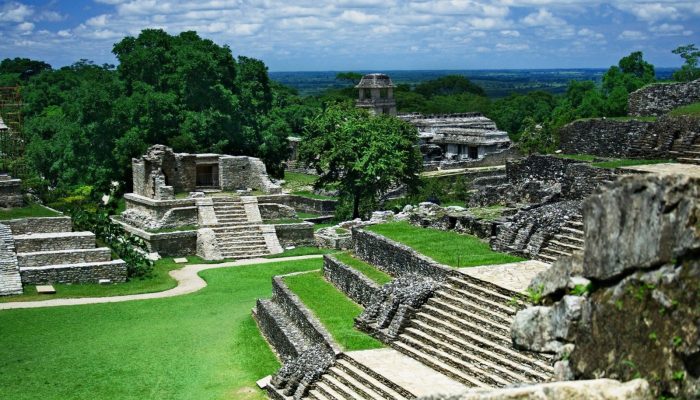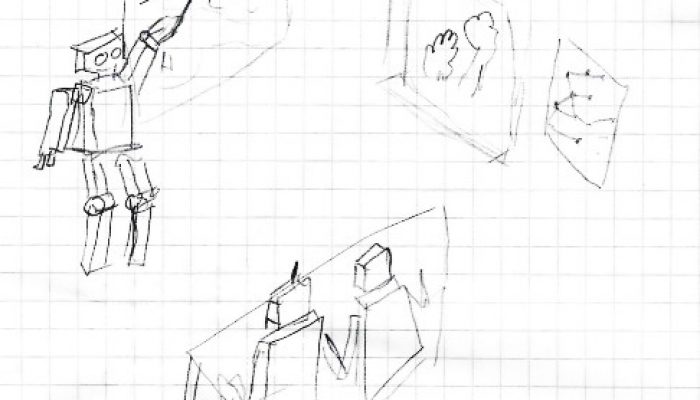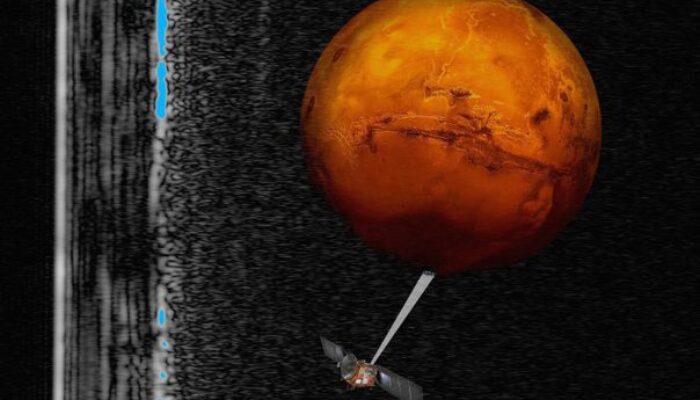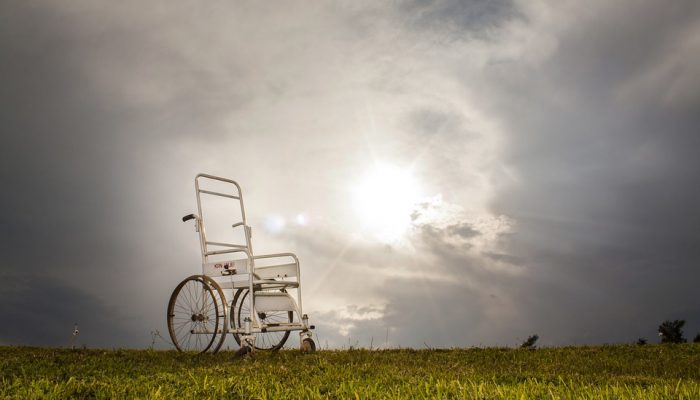During her time at a mining school Hannah Ritchie wondered why the GfGD society membership was so low. How do people perceive geology’s ability to contribute to a sustainable future? Hannah explores the traditional and changing reputation of geology and the roles academic institutions could play in directing this change. [Editor’s note: This post reflects Hannah’s personal opinions. These opinions ...[Read More]
If you didn't find what you was looking for try searching again.
GeoLog
September GeoRoundUp: the best of the Earth sciences from around the web
Drawing inspiration from popular stories on our social media channels, major geoscience headlines, as well as unique and quirky research, this monthly column aims to bring you the latest Earth and planetary science news from around the web. Major stories Latest IPCC report puts the oceans and cryosphere in focus Last month the United Nations’ Intergovernmental Panel on Climate Change (IPCC) releas ...[Read More]
GeoLog
Geosciences Column: How erupting African volcanoes impact the Amazon’s atmosphere
When volcanoes erupt, they can release into the atmosphere a number of different gases initially stored in their magma, such as carbon dioxide, hydrogen sulfide, and sulfur dioxide. These kinds of gases can have a big influence on Earth’s atmosphere, even at distances hundreds to thousands of kilometres away. A team of researchers have found evidence that sulfur emissions from volcanic eruptions i ...[Read More]
GeoLog
GeoPolicy: Science in policymaking: Who is responsible?
Should scientists actively approach policymakers in order to guide their decision-making processes, or is it the policymakers’ responsibility to seek scientific advice? In the first of the Great Debates at this year’s European Geosciences Union General Assembly in Vienna a mixed panel of policymakers and geoscientists tried to answer who should be responsible for making sure that science was used ...[Read More]
Tectonics and Structural Geology
Lisbon at the dawn of modern geosciences
Here, where the land ends and the sea begins... Luís de Camões (Portuguese poet) Lisbon. Spilled over the silver Tagus River, it is known by its beautiful low light, incredible food and friendly people. Here, cultures met, and poets dreamed, as navigators gathered to plan their journeys to old and new worlds. Fustigated by one of the greatest disasters the world has ever witnessed, Lisbon is inter ...[Read More]
GeoLog
Geosciences Column: How climate change put a damper on the Maya civilisation
More than 4,000 years ago, when the Great Pyramid of Giza and Stonehenge were being built, the Maya civilisation emerged in Central America. The indigenous group prospered for thousands of years until its fall in the 13th century (potentially due to severe drought). However, thousands of years before this collapse, severely soggy conditions lasting for many centuries likely inhibited the civilisat ...[Read More]
Seismology
Palu 2018 – Science and surprise behind the earthquake and tsunami
On September 28, 2018, a powerful 7.5-magnitude earthquake and an unexpected tsunami shook the Indonesian island of Sulawesi, leaving behind catastrophic results and open questions among geoscientists. How come this event is having such an impact on the scientific community? What we know so far On Friday afternoon (at around 5pm Western Indonesian Time) the Minahassa Peninsula on Sulawesi i ...[Read More]
Climate: Past, Present & Future
What can artificial intelligence do for climate science?
What is machine learning? Artificial Intelligence, and its subfield of machine learning, is a very trending topic as it plays an increasing role in our daily life. Examples are: translation programs, speech recognition software in mobile phones and automatic completion of search queries. However, what value do these new techniques have for climate science? And how complicated is it to use them? Th ...[Read More]
GeoLog
July GeoRoundUp: the best of the Earth sciences from around the web
Drawing inspiration from popular stories on our social media channels, as well as unique and quirky research news, this monthly column aims to bring you the best of the Earth and planetary sciences from around the web. Major stories Signs of water 55 million kilometres away Last week scientists announced that they have found signs of existing water on Mars, offering new hope to the possibility o ...[Read More]
Geodynamics
Let’s talk about disability in geosciences
Climbing towards outcrops during fieldwork for your undergraduate studies simply isn’t doable for everyone. However, this doesn’t mean that there are adequate alternative solutions available. This week, Katy Willis, PhD student on strain-localisation in the continental lithosphere at the University of Leeds, UK, discusses disability in the geosciences, because regardless of who you are ...[Read More]

